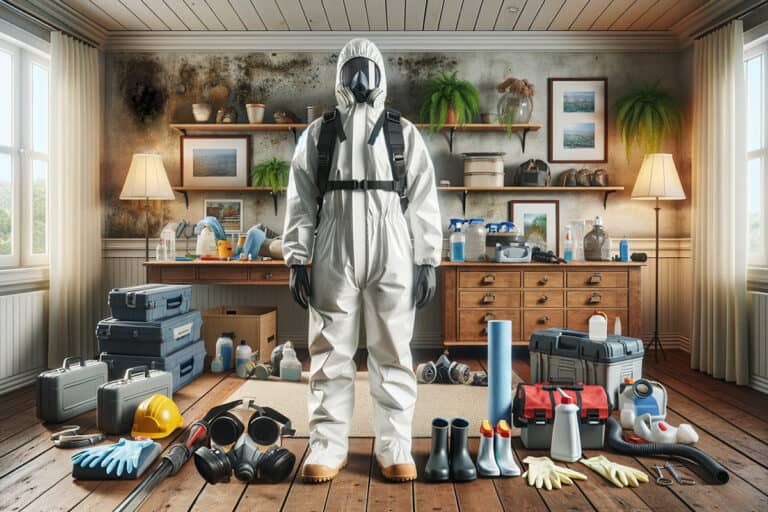I Have Mold in My Apartment: Effective Remediation Strategies
Mold in apartments is a significant concern that poses health risks and damages property. This guide covers everything from identifying different types of mold, such as the notorious black mold, to understanding its causes, like excessive moisture and poor ventilation. We delve into the health implications of mold exposure, outline tenants’ legal rights, and offer practical prevention strategies. Additionally, we discuss when it’s essential to seek professional remediation services. Armed with this knowledge, tenants can effectively combat mold, ensuring a safe and habitable environment.

